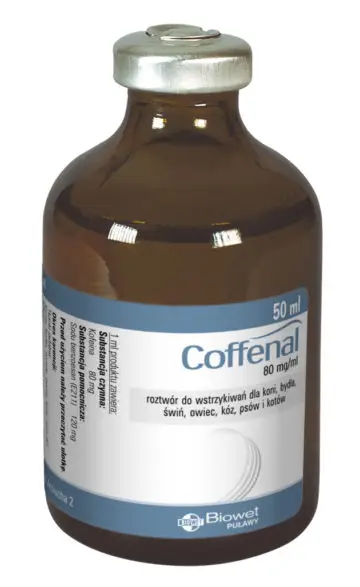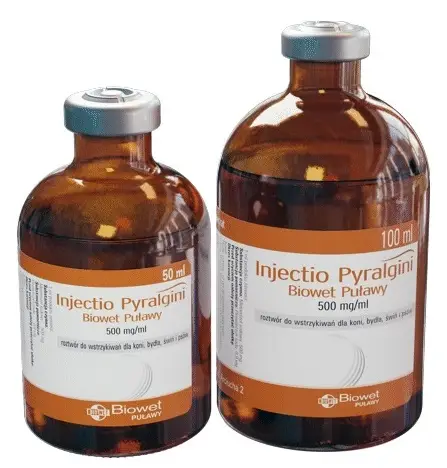Description
Xylazine 2% solution with a sedative, analgesic and myorelaxant effect used in cattle, horses, dogs and cats
Active substance and excipient content
Xylazine (in the form of hydrochloride) 20 mg/ml
Therapeutic indications
Sedazin is used in cattle, horses, dogs and cats for sedation, reduction of pain, myorelaxation and as a premedication agent. Administration of xylazine facilitates examination of irritable animals, application of drugs and facilitates conduction of short surgical procedures.
Contraindications
Do not use in the case of ventricular arrhythmia, hypotension and in a shock.
Do not use in the case of respiratory diseases.
Do not use in advanced pregnancy (risk of miscarriage), except for the labour.
Do not use in the case of diabetes (xylazine reduces the level of insulin).
Do not use in the case of alimentary obstruction in dogs and cats.
Adverse reactions
Respiratory weakness with concomitant acidosis, bradycardia, hypotension, frequent urination. Ataxia in large animals, profuse perspiration in horses. Ruminants may experience ruminal atony and flatulence, salivation and diarrhoea.
In cats, less frequently in dogs, vomiting occurs within 3-5 minutes after administration. Sometimes diarrhoea occurs in dogs and cats.
Local reactions may occur after intramuscular or subcutaneous administration, but they normally subside after 48 hours.
Any adverse reactions emerged after administration of the product or any observed symptoms not listed in the leaflet (including symptoms reported in humans following exposure to the product) should be reported to the competent veterinarian, Marketing Authorization Holder or the Office for Registration of Medicinal Products, Medical Devices and Biocidal Products. The report form should be downloaded from https://www.urpl.gov.pl (Department of Veterinary Medicinal Products).
Amount to be administered per species, method and route of administration
Routes of administration: intramuscular, intravenous and subcutaneous administration.
| Cattle | intramuscularly 0.25-1.5 ml/100 kg b.w. (i.e. 5-30 mg xylazine/100 kg b.w.) intravenously 0.08 – 0.5 ml/100 kg b.w. (i.e. 1.6-10 mg xylazine/100 kg b.w.) |
| Horses | intramuscularly 7.5-15 ml/100 kg b.w. (i.e. 150-300 mg xylazine/100 kg b.w.) intravenously 3-5 ml/100 kg b.w. (i.e. 60-100 mg xylazine/100 kg b.w.) |
| Dogs | intramuscularly, subcutaneously or intravenously 0.15 ml/kg b.w. (i.e. 3 mg xylazine/kg b.w.) |
| Cats | intramuscularly or subcutaneously 0.15 ml/kg b.w. (i.e. 3 mg/kg b.w.) |
In the case of intravenous administration, the preparation should be warmed to body temperature and injected slowly.
In order to determine appropriate dosage, the animal’s body weight should be measured as accurately as possible.
In the case of a cardiac disorder, the product should be administered in combination with atropine.
The effect of xylazine begins within 5-10 minutes after intramuscular administration and 3-5 minutes after intravenous administration. Its analgesic effect remains for 10-15 minutes and the sedative effect for 0.5-4 hours, depending on the animal species. The effect after intramuscular administration lasts longer.
Instructions for use
None
Withdrawal period
Cattle and horses: edible tissues – zero days, milk – zero days.
Dogs and cats – not applicable.
Special precautions for storage and warnings
Store at a temperature below 25°C. Protect from light. Do not freeze.
Keep out of the reach and sight of children.
Do not use after the expiry date stated on the label.
Shelf life after the first opening of the direct container – 28 days.
Special warnings and precautions
Special precautions for use in animals:
Horses:
- xylazine hinders physiological intestinal peristalsis. Therefore, it should only be used in horses in colics resistant to analgesics. Do not use in horses with impaired motility of the caecum,
- use carefully in horses susceptible to laminitis,
- in horses with respiratory disorders or respiratory diseases, life-threatening breathlessness might develop,
- the lowest recommended doses should be used.
Cats and dogs:
- xylazine inhibits regular intestinal motility, which is conducive to gas accumulation in the gastrointestinal tract of the animals. Therefore, the use of xylazine is not recommended before an x-ray examination of the stomach and the foregut because the accumulated gas hampers proper interpretation of the examination results,
- in brachycephalic dog breeds with symptoms of impaired respiratory function or respiratory diseases, life-threatening breathlessness might develop.
Cattle:
- under the influence of xylazine, motility of the forestomachs decreases, which may lead to flatulence. Therefore, it is recommended that the animals should not be fed or watered for several hours before administration of xylazine,
- xylazine weakens reflexes of belching, couching and swallowing. Therefore, cattle must be observed carefully while they are regaining consciousness and must remain in a sternal position,
- in cattle, administration of low and medium doses is recommended.
Avoid administering too high doses of the drug. Adjust dosage considering individual sensitivity of each animal.
Exercise particular caution when using the drug in convulsions, acute renal or hepatic insufficiency and in dehydrated animals.
In order to prevent choking on saliva or vomit, the animal’s head should be positioned lower than the rest of the body.
Old and fatigued animals may be more sensitive to the effect of xylazine whereas agitated animals may require higher doses.
During the use of the product, peace should be provided for patients because external stimuli may deteriorate reaction to the product.
Xylazine may impair thermoregulation. If ambient temperature differs from room temperature, cooling or warming the patient is recommended during the use of the product.
In the case of painful procedures, xylazine should be used in combination with local or general anaesthesia.
Treated animals should be monitored until the effects of the product subside completely. During this time, they should be kept in a separate room in order to avoid injuries from other animals.
Drugs with a central neurodepressive effect (anaesthetics, analgesics) boost the effect of xylazine. Intensification of the cardiodepressive effect, weakening of respiratory action and hypotensive effect occurs. Therefore, the combination of xylazine and opioids is used with great caution.
Xylazine should not be combined with thiobarbiturates and halothane due to the consequent intensification of cardiac arrhythmia.
Due to the risk of ventricular arrhythmia, xylazine should not be combined with adrenaline and other drugs stimulating the sympathetic nervous system or used immediately after their administration.
Do not use xylazine in advanced pregnancy because it may lead to miscarriage.
In overdose, adverse effects are intensified: there is a risk of respiratory arrest and collapse; convulsive seizures may occur.
Partial elimination of the effect of xylazine may be obtained by administration of central antagonists of α2-adrenergic receptors: yohimbine in the dose of 0.1 – 0.2 mg/kg b.w. intravenously or tolazoline in the dose of 0.5 – 1.0 mg/kg b.w. intravenously.
Since no studies of the conformity of this veterinary medicinal product have been conducted, this product must not be combined with other medicinal veterinary products.
Special precautions to be taken by the person administering the veterinary medicinal product to animals:
If the product is accidentally swallowed or self-injected, immediately seek medical advice and show the package leaflet to the physician, but do not drive due to the possibility of sedation and changes in the arterial blood pressure.
Avoid contact with skin, eyes and mucosa.
In the case of contact of the product with bare skin, wash the skin with plenty of water immediately.
Remove contaminated clothing being in direct contact with the skin.
If the product has accidental contact with an eye, wash the eye with plenty of water. In the case of any symptoms, you should contact a physician.
If a pregnant woman administers the medicinal product, she should take special precautions to prevent self-injection due to the possibility of the occurrence of uterine contractions and reduced foetal arterial blood pressure after accidental general exposure.
Indications for physicians
Xylazine is an agonist of alpha-2-adrenergic receptors. Its absorption may induce dose-dependent clinical symptoms such as: sedation, respiratory depression, bradycardia, hypotension, dryness in the oral cavity and hypoglycaemia. Ventricular arrhythmia was also reported. Respiratory and hemodynamic disorders should be treated symptomatically.
Special precautions for the disposal of unused veterinary medicinal product or waste materials derived from the use of such products
Medicines should not be disposed of via wastewater or household waste.
Ask your veterinary surgeon how to dispose of medicines no longer required. These measures should help to protect the environment.
Containers
A cardboard box containing 1 20 ml phial
A cardboard box containing 1 50 ml phial
For animal treatment only.
Subject to medical prescription – prescription drug
Tobe administered under veterinary supervision.
Name and address of the manufacturer responsible for batch release:
Biowet Puławy Sp. z o.o.
ul. H. Arciucha 2, 24-100 Puławy
Tel/fax: 81 886 33 53; e-mail: sekretariat@biowet.pl
2013-01-09 SPC
CPLW2013.01.09
27.07.2017 r.






